Search Results for Tag: research
Polar regions hit by ocean acidification
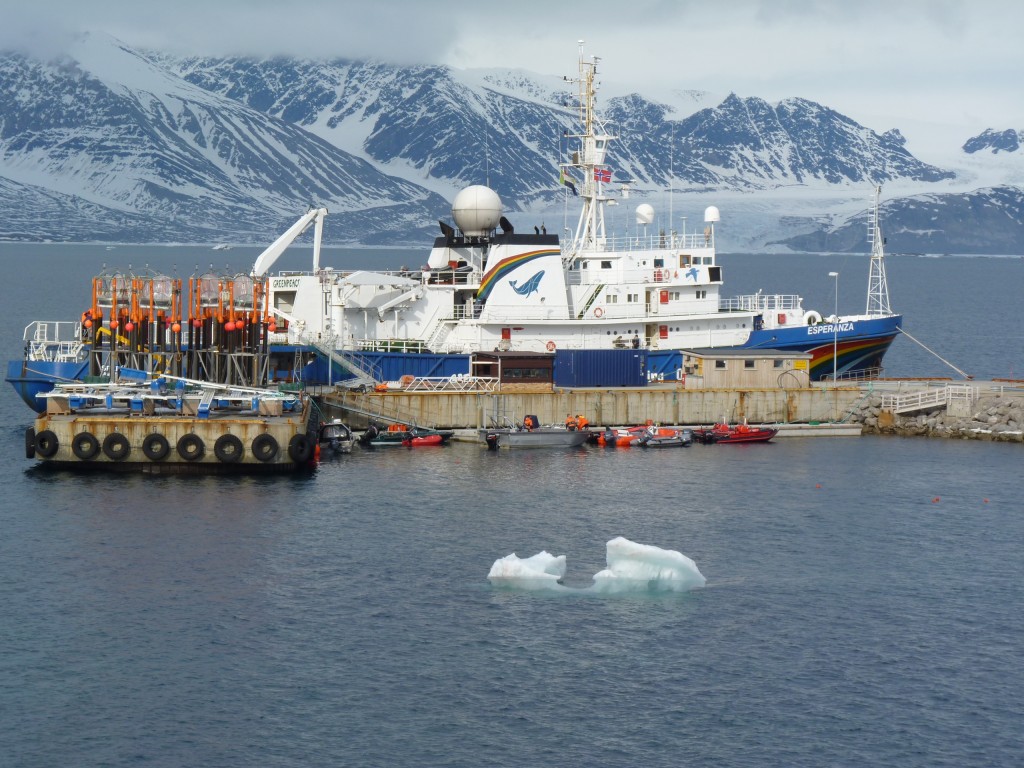
In 2010 I watched the start of the first in situ ocean acidification experiments off the coast at Ny Alesund, Spitsbergen, as part of the EU’s EPOCA project. Mesocosms, or giant test-tubes, were being taken out to sea by the Greenpeace ship the Esperanza. (Pic: Irene Quaile)
Did you notice much about the problem of CO2 in the oceans in the (already minimal in most places) coverage of the Warsaw climate conference? A summary of the report published recently by the International Programme on the State of the Oceans (IPSO) was presented at the meeting to draw attention to the dangers posed by acidification for ecosystems, humankind and, in form of a feedback effect, for the climate warming which is causing it in the first place. If that sounds complicated, but intriguing enough to warrant further interest, you might want to listen to an interview I recorded this week with Alex Rogers. He is a Professor of Conservation Biology at the Dept. of Zoology and a Fellow of Somerville College, University of Oxford. Amongst his many other titles, he’s the Scientific Director of IPSO. He told me it was a “fascinating coincidence” that the report was published just after the latest IPCC report, which noted, amongst other things, that atmospheric temperatures hadn’t risen as much over the last ten years or so as had been expected. One main reason suggested is that the excess heat is being taken up by the ocean, especially the deep ocean. And that fits perfectly with the findings of the big ocean survey and collation of data, says Prof. Rogers.
I also talked to Ulf Riebesell from the Helmholtz Institute for Ocean Research in Kiel, Germany, a lead author of the report and the scientist who has been in charge of the in situ acidification experiments in the Arctic .You might also enjoy in my report from that venture.
That interview is in German, so I’m not putting it up here, but the content will be flowing into an article for the DW website very soon. Meanwhile, here’s Professor Rogers:
Climate impacts should spur emissions curb
- Professor Wolfgang Lucht and Ioanna Mouratiadou at a session on “What’s still missing” to address climate impacts
Here in Potsdam at the Impacts World 2013, I have been searching for the links between climate impacts research and political action to curb emissions. I have talked to a lot of the scientists present from different parts of the world about this, both in the sessions and one-to-one. My concern is that the increasing focus on adaptation to cope with the effects of climate change could detract from awareness of the need for urgent political action. Professor Wolfgang Lucht , who’s in charge of Earth System Analysis at the Potsdam Institute for Climate Impacts Research PIK) and Professor of Sustainability Studies at Berlin’s Humboldt-University told me he thinks the very opposite is the case. He is convinced the evidence being amassed on the impacts of climate change will strengthen the case for stricter emissions targets. He is convinced better networking of the available data will help provide politicians with the material they need to get on with both mitigation and adaptation.
Cynthia Rosenzweig is head of the Climate Impacts Group at the NASA Goddard Institute for Space Studies. She says Hurricane Sandy was a kind of “tipping point” in awareness of the possible effects of climate change and the links to extreme weather events. She had been advising the city of New York on climate for 15 years before that. The interest, unsurprisingly, has intensified considerably.
She is also pushing very hard for better linking of different models, especially relating to the future of agriculture, and ultimately food security for the future. She introduced the conference to “AgMIP”, not a really catchy acronym, but easier than “The Agricultural Model Intercomparison and Improvement Project”. This whole conference is moving around better integration of information, better links and networks. The image of the “food web” came to me, which replaced the old “food chain”. Models at global level, domestic, regional, local, scientific bodies, ngos, governments, local authorities, have to be woven together to pool their knowledge – but in such a way that individual actors can access the info they need. A challenge indeed. There are also those here who say global scientific climate models have little relevance to adaptation to the effects of climate change on the ground. I am with Professor Lucht, who says we need the global models and the two degree target as a framework for the rest.
Climate Impacts World in Potsdam
- Artist in residence makes a visual summary of the discussion.
Potsdam, around half an hour from Berlin, is the home of the Potsdam Institute for Climate Impact Research (PIK), which has become one of the world’s leaders in its field. This week , the Institute is co-hosting “Impacts World 2013”, an “International Conference on Climate Change Effects”, along with the International Institute for Applied Systems Analysis.
I suppose you could describe climate impact research as a kind of bridge between climate science and what it means for the rest of us.
Droughts, floods, health risks, crop failures – there seem to be few areas of our lives where climate change does not have an impact.
There is a whole myriad of climate models, using different parameters and scenarios and focussing on different sectors. The ambitious aim of this gathering is to bring scientists and decision-makers together to try to understand how different sectors relate to each other and find ways of “joining the dots”..
Let me just share a couple of insights or thoughts with you that I picked up in the course of the day.
We need to bring the mass of information together in ways that make it possible for society to be prepared for extreme events and to cope with changing availability of water, different growing conditions, coastal erosion, sea-level rise.
Global trends in temperature rise are one thing – the impacts on the ground will be very different in different parts of the globe. Fitting the parts of the jigsaw together is a huge challenge.
Scientists themselves (this is based not only on the official sessions but conversations in the coffee breaks) are often confused by the differences in climate models and predictions. Slight changes to parameters can lead to hugely different results.
Feeding information from impact researchers “on the ground” back into models seems highly desirable but does not always happen.
There has been a lot of talk about communication. Some scientists think their job is to “do science”, not communicate with politicians or the public. Others want to communicate but are not very good at it. Some are very good at it and appear frequently in the media. My colleague Fiona Harvey from the Guardian, who chaired a debate on “Are the products of climate impact research really useful?” argued that all scientists should communicate their knowledge and not leave it up to a talented few. Otherwise, those who make the headlines may not be the ones who represent the consensus view. Indeed!
The media came in for a lot of stick as usual. We do have a huge influence and with it, a huge responsibility to get things right. My appeal to the scientific community – please do not put us all in the same boat. Not all of us are out to find sensations and just headlines that will attract the most attention whether they are accurate or not.
That is why I will head back into the conference and listen to more talk of the “Inter-sectoral impact model intercomparison project”, “Community-driven syntheses of climate change impact analyses”, “projection of global soil carbon dynamics”, “global multi-model perspectives on the potential and limitations of irrigation…” with the ultimate aim of finding out more about the impacts of climate change on or societies today and tomorrow. Then I will continue to try to explain it to those who rely on the media for relevant information in words they can understand…
Russia to evacuate floating ice station
Russia is preparing to evacuate a crew of 16 from a drifting Arctic research station because the ice floe it is sitting on has started to disintegrate. The news agency AFP said Natural Resources and Ecology Minister Sergei Donskoi had set a three-day deadline to draft an evacuation plan for the North Pole-40 floating station. That was yesterday afternoon. (See also Times Live for report and photo!)
“The destruction of the ice has put at risk the station’s further work and life of its staff,” the ministry said in a statement. The station is currently home to 16 personnel including oceanologists, meteorologists, engineers and a doctor. It conducts meteorological research, monitors environmental pollution and conducts a number of tests. If the situation is not addressed, it may also result in the loss of equipment and contaminate the environment near Canada’s economic zone where the station is currently located, the ministry added. The floating station is to be relocated to Bolshevik Island in the Russian Arctic with the help of an ice breaker.
Vladimir Sokolov, who oversees the floating station at the Saint Petersburg-based Arctic and Antarctic Research Institute, said the ice was disintegrating due to climate change. Russia created its first floating research station in the Arctic, the North Pole 1 in 1937. The first floating station put up by post-Soviet Russia was put together in 2003. The crew had to be rescued when the ice floe beneath it broke up in 2004.
The experts in charge say the crew’s lives are not in danger, but working conditions have become impossible. They say the fast melt of the ice is making it more difficult for research to keep pace with developments.
Not surprising, but surely another spectacular illustration of what’s happening up in the High North? Has anybody seen this making a big splash (sorry!) in the international headlines?
10 years French-German Arctic Station
Congratulations to the team of the joint French-German Arctic research station in Ny Alesund, Svalbard. It is ten years since the German polar authority AWI (Alfred-Wegener Institute for Polar and Marine Research) and its French counterpart IPEV (Institut Polaire Paul Emile Victor) joined forces at the world’s northernmost research base.
The station was my first Arctic destination in 2007, so it has a special significance for me. During the IPY, I was involved in an international radio cooperation to report on polar science, which was how the Ice Blog was born.
Photo gallery from Ny Alesund, “From Pole to Pole”.
AWIPEV is the biggest of the research stations in Ny Alesund, and takes up to 150 scientists from France and Germany in the course of a year.
I visited again in 2010 with a team looking at ocean acidification. Their equipment was transported up by the Greenpeace ship Esperanza, a “first” in terms of cooperation between scientists funded by the EU’s EPOCA programme and the environment group. Greenpeace offered the ship to help out when none of the scientific research vessels was available for the project.
The station has also just been the first to be officially approved by the climate data network GRUAN. Not a terribly attractive acronym, but definitely easier to say/write than the whole title: Global Climate Observing System Reference Upper Air Network. Basically, the idea is to standardize and the measurement of climate parameters around the world so that the figures are really comparable. It was initiated by the World Meteorological Organization, the Intergovernmental Oceanographic Commission, UNESCO, UNEP and the International Council for Science.
Keep up the good work everyone up there at AWIPEV.



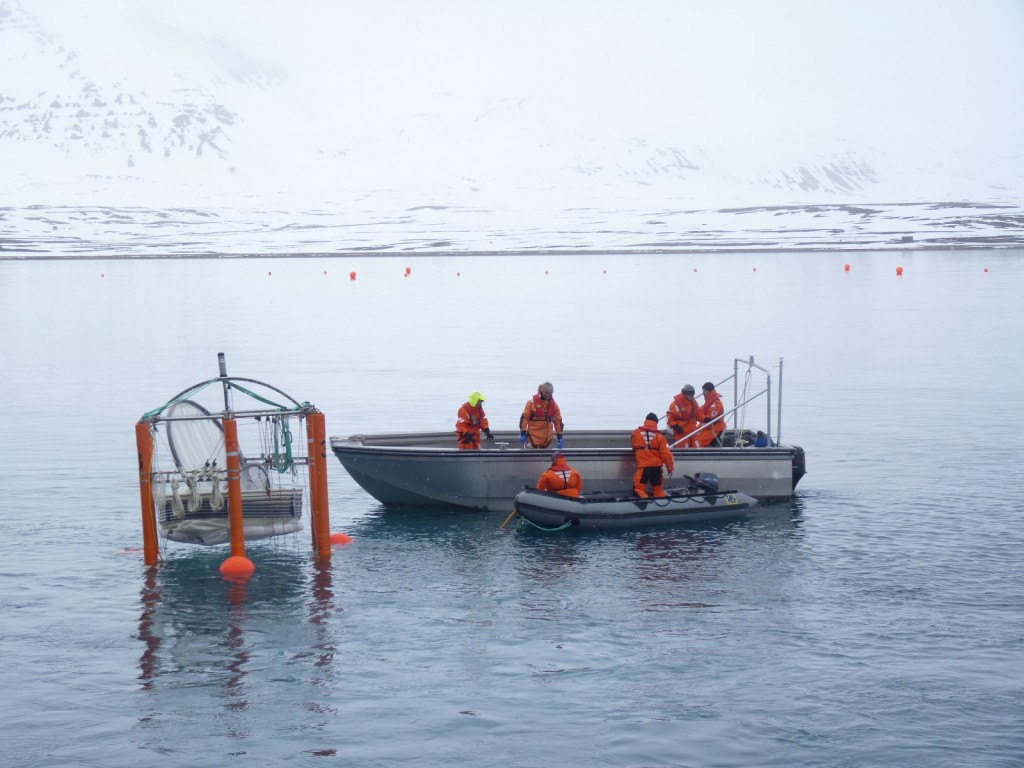

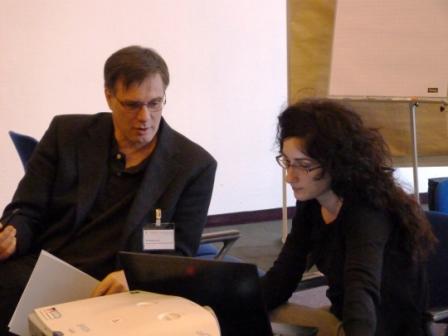
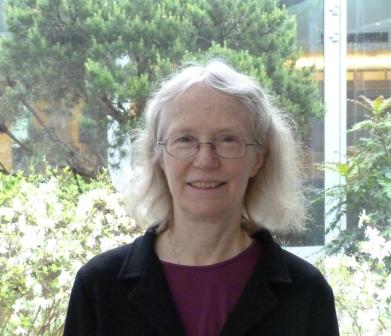

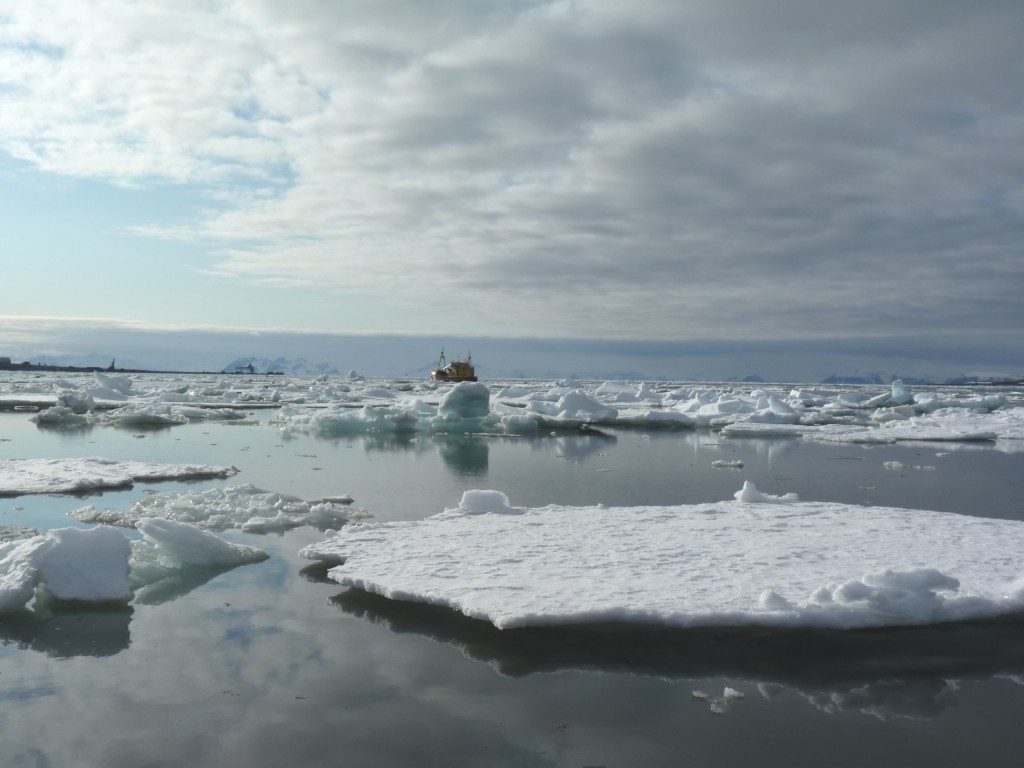

















Feedback